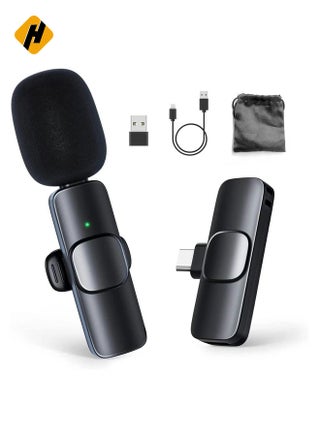Dynamic Microphones:
Robust and durable.
Suitable for live performances, recording loud sound sources (e.g., guitar amplifiers, drums), and stage use.
Generally less sensitive than other types.
Condenser Microphones:
More sensitive and responsive than dynamic microphones.
Provide high-quality audio reproduction.
Suitable for studio recording, vocals, acoustic instruments, and detailed sound capture.
Require external power (phantom power) or batteries.
USB Microphones:
Designed for direct connection to computers via USB.
Convenient for podcasting, voiceovers, gaming, and basic recording without the need for additional audio interfaces.
Lavalier (Lapel) Microphones:
Small, clip-on microphones.
Ideal for hands-free operation in interviews, presentations, and video recording.
Often used in broadcasting and filmmaking.
Shotgun Microphones:
Highly directional microphones.
Designed for capturing sound from a specific direction, often used in video production and field recording.
Commonly mounted on boom poles.
Ribbon Microphones:
Feature a thin metal ribbon as the diaphragm.
Known for a smooth and natural sound.
Can be delicate and may require careful handling.
Boundary Microphones:
Designed for use on surfaces (walls, tables) to capture sound in a specific area.
Commonly used in conference rooms, boardrooms, and stage productions.
Wireless Microphones:
Transmit audio signals wirelessly to a receiver.
Offer freedom of movement for performers, speakers, and presenters.
Used in live performances, events, and video production.
Ribbon Microphones:
Feature a thin metal ribbon as the diaphragm.
Known for a smooth and natural sound.
Can be delicate and may require careful handling.
When choosing a microphone, consider factors such as the intended use, environment, sensitivity, directionality, and budget. Additionally, the choice between XLR and USB connections may depend on whether you are connecting the microphone to professional audio equipment or directly to a computer.
Free & Easy Returns
Best Deals


